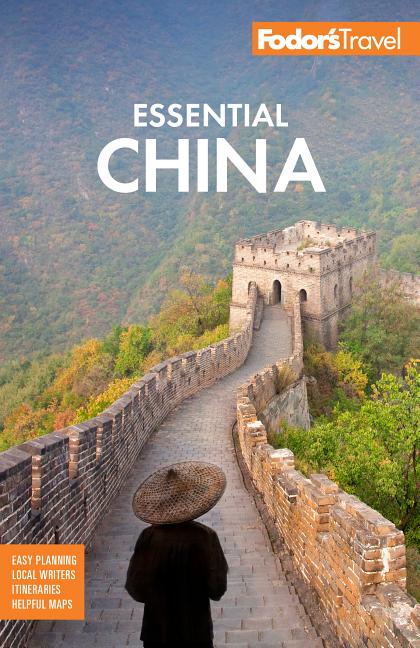Tibetan Festivals and Celebrations
Try to time your visit with one of the brilliantly colorful traditional Tibetan festivals. Dancing monks whip up a frenzy to dispel the evil spirits of the previous year at the Year End Festival on the 29th day of the 12th lunar month. The first week of the first lunar month includes Losar (New Year Festival), when Lhasa is filled with Tibetan drama performances, incense offerings, and locals promenading in their finest wardrobe. Grand butter lanterns light up the Barkhor circuit during the Lantern Festival on the 15th of the first month. On the seventh day of the fourth month you can join the pilgrims in Lhasa or Ganden to mark the Birth of Sakyamuni (the Buddha), or you may want to wait until the 15th for the celebrations of Saga Dawa (Sakyamuni's enlightenment) and join the pilgrims who climb the Drepung Monastery to burn juniper incense. Picnics at the summer palace of Norbulingka are common during the Worship of the Buddha in the second week of the fifth month. During Shötun (Yogurt Festival) in the first week of the seventh month, immerse yourself in the operas, masked dances, and picnics from Drepung, about 6½ km (4 miles) out of Lhasa, to Norbulingka. During the festival, giant thangkas of the Buddha are unveiled in Drepung Monastery, and Tibetan opera troupes perform operas at Norbulingka.
The Tibetan calendar is the same as the lunar calendar, so exact dates as they relate to the Western calendar are only published a year in advance. The approximate dates are as follows: Tibetan New Year (February); the Butter Lantern Festival (late February/early March); the Birth of Buddha Festival (late May/early June); the Holy Mountain Festival (late July/early August); the one-week Yogurt Festival (August); and the Bathing Festival (September).




